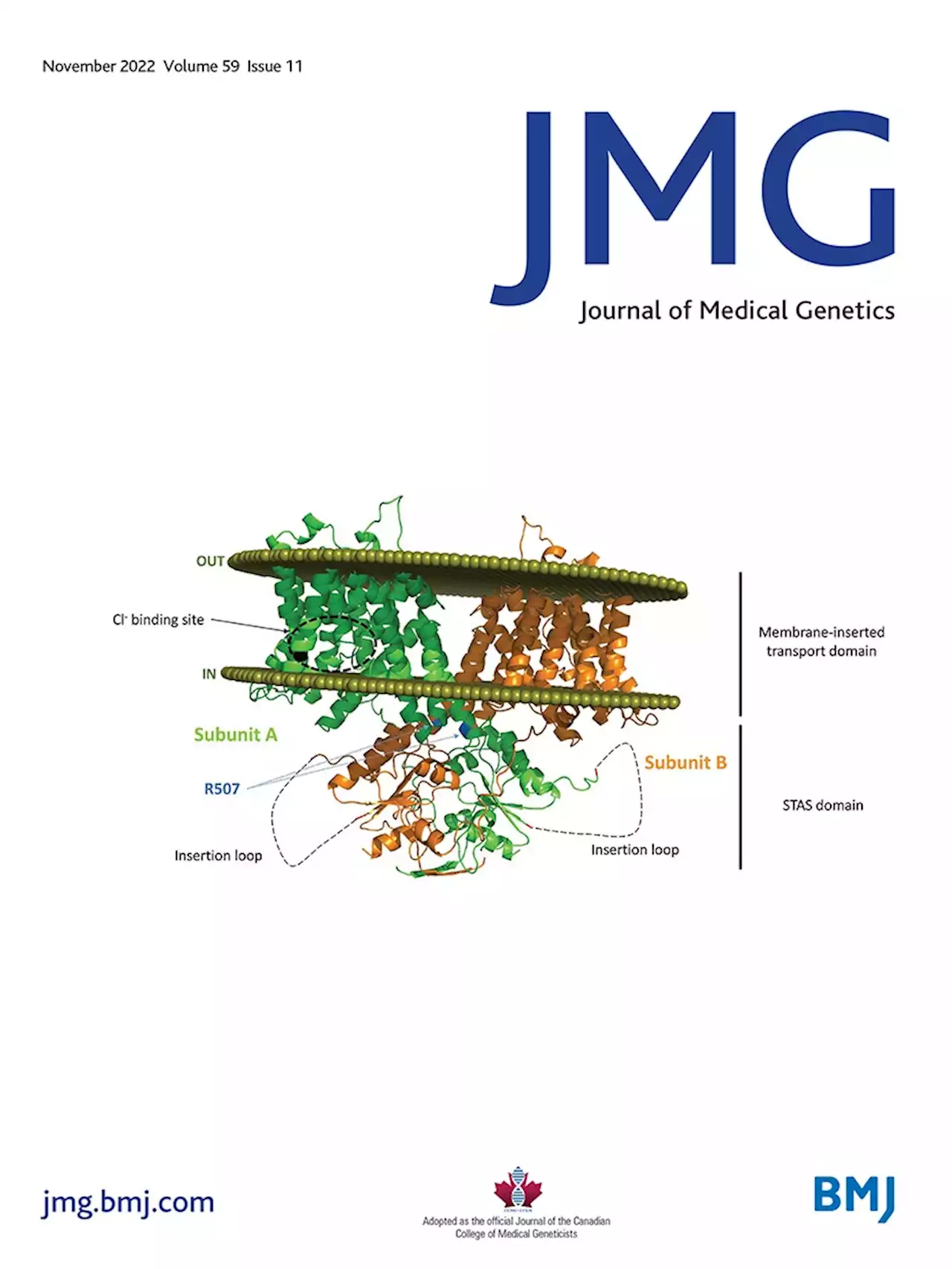Study identifies gene that plays important role in embryonic development
mRNA was injected into the yolk of one-cell embryos.mRNA was transcribed from cDNA clone H06D041O16 containing NM_020717.4 using the mMESSAGE Machine T7 Kit and the Poly Tailing Kit .Zfl were pooled into samples of 20–30 and lysed in RIPA buffer on ice with 4% protease inhibitor using a sonicator. Protein sample was separated by sodium dodecyl-sulfate polyacrylamide gel electrphoresis , transferred on PVDF membranes and probed with a custom made anti-Shroom4 antibody at 4°C overnight.
Phalloidin stainingsMO-injected zfl were fixed at 5 dpf in 4% PFA overnight at 4°C and subsequently washed three times for 5 min in phosphate-buffered saline with 0.1% Tween-20 and 5 min in PBS-Tx . Afterwards, zfl were incubated for 2 hours in PBS-Tx to allow permeabilisation. Stainings with 2 µg/mL tetramethyl rhodamine B isothiocyanate were conducted overnight at 4°C. Stained zfl were briefly washed in PBS before applying DAPI overnight at 4°C.
United Kingdom Latest News, United Kingdom Headlines
Similar News:You can also read news stories similar to this one that we have collected from other news sources.
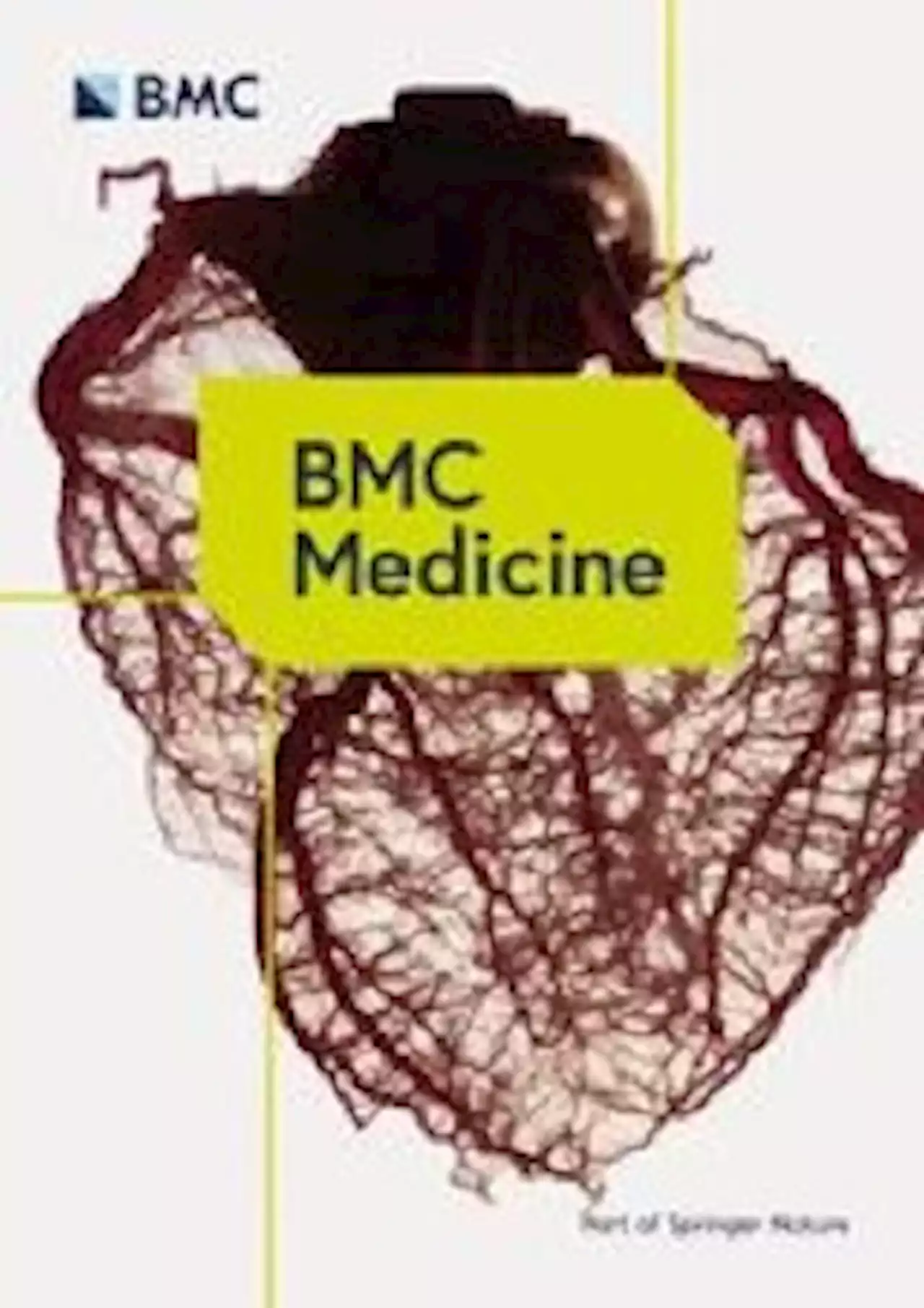 The impact of cardiovascular health and frailty on mortality for males and females across the life course - BMC MedicineBackground The effect of frailty and poor cardiovascular health on mortality for males and females is not fully elucidated. We investigated whether the combined burden of frailty and poor cardiovascular health is associated with all-cause and cardiovascular disease (CVD) mortality by sex and age. Methods We analyzed data of 35,207 non-institutionalized US residents aged 20–85 years old (mean age [standard deviation]: 46.6 [16.7 years], 51.4% female, 70.8% White, 10.3% Black, 13.2% Hispanic) from the National Health and Nutrition Examination Survey (1999–2015). Cardiovascular health was measured with the American Heart Association’s Life’s Simple 7 score (LS7). A 33-item frailty index (FI) was constructed to exclude cardiovascular health deficits. We grouped the FI into 0.1 increments (non-frail: FI | 0.10, very mildly frail: 0.1 ≤ FI | 0.20, mildly frail: 0.20 ≤ FI | 0.30, and moderately/severely frail: FI ≥ 0.30) and LS7 into tertiles (T1[poor]=0–7, T2[intermediate]=8-9, T3[ideal]=10–14). All-cause and CVD mortality data were analyzed up to 16 years. All regression models were stratified by sex. Results The average FI was 0.09 (SD 0.10); 29.6% were at least very mildly frail, and the average LS7 was 7.9 (2.3). Mortality from all-causes and CVD were 8.5% (4228/35,207) and 6.1% (2917/35,207), respectively. The median length of follow-up was 8.1 years. The combined burden of frailty and poor cardiovascular health on mortality risk varied according to age in males (FI*age interaction p=0.01; LS7*age interaction p | 0.001) but not in females. In females, poor FI and LS7 combined to predict all-cause and CVD mortality in a dose-response manner. All-cause and CVD mortality risk was greater for older males (60 and 70 years old) who were at least mildly frail and had intermediate cardiovascular health or worse (hazard ratio [lower/higher confidence interval ranges] range: all-cause mortality=2.02–5.30 [1.20–4.04, 3.15–6.94]; CVD-related mortality=2.22–7.16 [1.03–4.46, 4.49–
The impact of cardiovascular health and frailty on mortality for males and females across the life course - BMC MedicineBackground The effect of frailty and poor cardiovascular health on mortality for males and females is not fully elucidated. We investigated whether the combined burden of frailty and poor cardiovascular health is associated with all-cause and cardiovascular disease (CVD) mortality by sex and age. Methods We analyzed data of 35,207 non-institutionalized US residents aged 20–85 years old (mean age [standard deviation]: 46.6 [16.7 years], 51.4% female, 70.8% White, 10.3% Black, 13.2% Hispanic) from the National Health and Nutrition Examination Survey (1999–2015). Cardiovascular health was measured with the American Heart Association’s Life’s Simple 7 score (LS7). A 33-item frailty index (FI) was constructed to exclude cardiovascular health deficits. We grouped the FI into 0.1 increments (non-frail: FI | 0.10, very mildly frail: 0.1 ≤ FI | 0.20, mildly frail: 0.20 ≤ FI | 0.30, and moderately/severely frail: FI ≥ 0.30) and LS7 into tertiles (T1[poor]=0–7, T2[intermediate]=8-9, T3[ideal]=10–14). All-cause and CVD mortality data were analyzed up to 16 years. All regression models were stratified by sex. Results The average FI was 0.09 (SD 0.10); 29.6% were at least very mildly frail, and the average LS7 was 7.9 (2.3). Mortality from all-causes and CVD were 8.5% (4228/35,207) and 6.1% (2917/35,207), respectively. The median length of follow-up was 8.1 years. The combined burden of frailty and poor cardiovascular health on mortality risk varied according to age in males (FI*age interaction p=0.01; LS7*age interaction p | 0.001) but not in females. In females, poor FI and LS7 combined to predict all-cause and CVD mortality in a dose-response manner. All-cause and CVD mortality risk was greater for older males (60 and 70 years old) who were at least mildly frail and had intermediate cardiovascular health or worse (hazard ratio [lower/higher confidence interval ranges] range: all-cause mortality=2.02–5.30 [1.20–4.04, 3.15–6.94]; CVD-related mortality=2.22–7.16 [1.03–4.46, 4.49–
Read more »
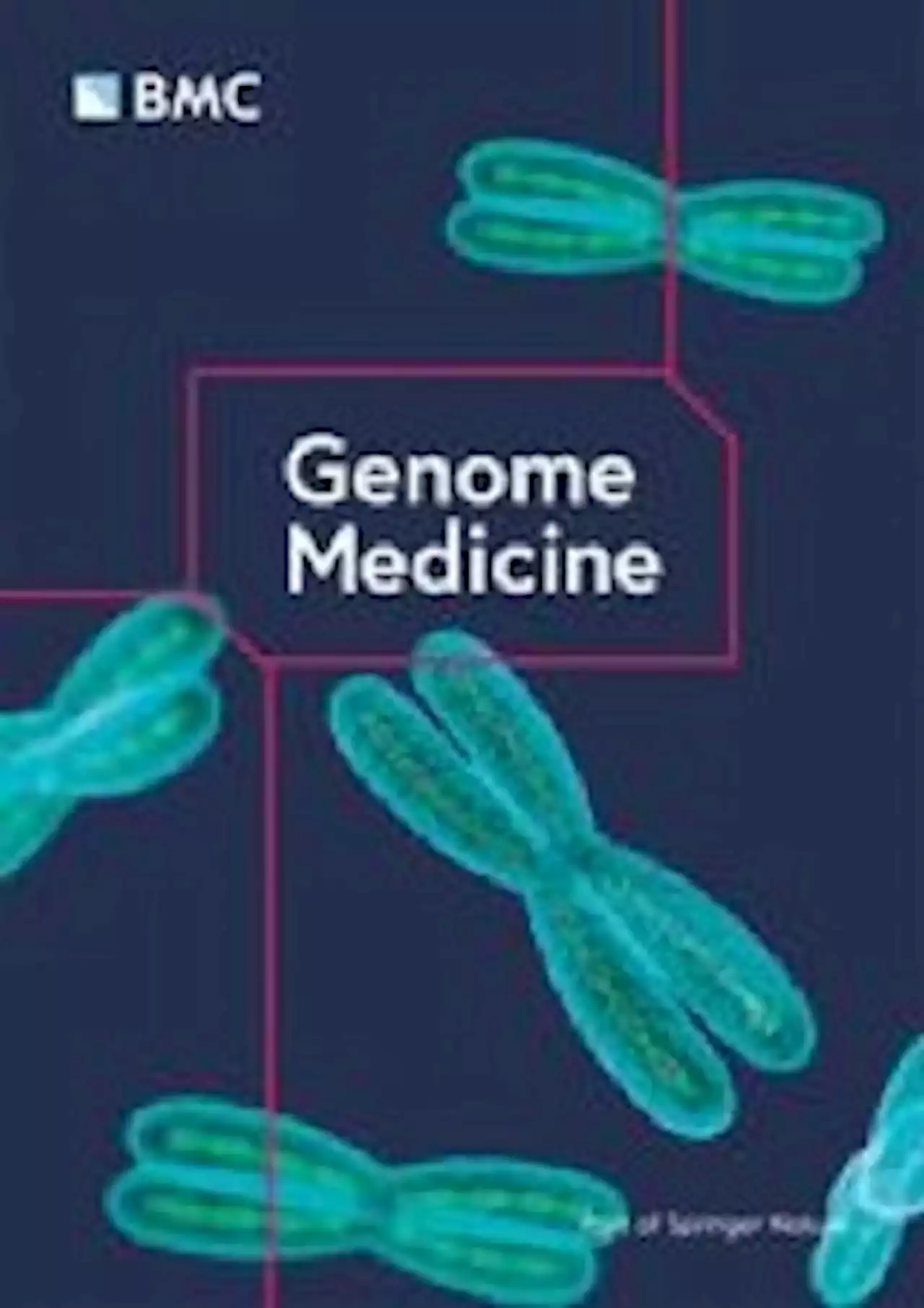 Longitudinal multi-omics analysis identifies early blood-based predictors of anti-TNF therapy response in inflammatory bowel disease - Genome MedicineBackground and aims Treatment with tumor necrosis factor α (TNFα) antagonists in IBD patients suffers from primary non-response rates of up to 40%. Biomarkers for early prediction of therapy success are missing. We investigated the dynamics of gene expression and DNA methylation in blood samples of IBD patients treated with the TNF antagonist infliximab and analyzed the predictive potential regarding therapy outcome. Methods We performed a longitudinal, blood-based multi-omics study in two prospective IBD patient cohorts receiving first-time infliximab therapy (discovery: 14 patients, replication: 23 patients). Samples were collected at up to 7 time points (from baseline to 14 weeks after therapy induction). RNA-sequencing and genome-wide DNA methylation data were analyzed and correlated with clinical remission at week 14 as a primary endpoint. Results We found no consistent ex ante predictive signature across the two cohorts. Longitudinally upregulated transcripts in the non-remitter group comprised TH2- and eosinophil-related genes including ALOX15, FCER1A, and OLIG2. Network construction identified transcript modules that were coherently expressed at baseline and in non-remitting patients but were disrupted at early time points in remitting patients. These modules reflected processes such as interferon signaling, erythropoiesis, and platelet aggregation. DNA methylation analysis identified remission-specific temporal changes, which partially overlapped with transcriptomic signals. Machine learning approaches identified features from differentially expressed genes cis-linked to DNA methylation changes at week 2 as a robust predictor of therapy outcome at week 14, which was validated in a publicly available dataset of 20 infliximab-treated CD patients. Conclusions Integrative multi-omics analysis reveals early shifts of gene expression and DNA methylation as predictors for efficient response to anti-TNF treatment. Lack of such signatures might be used to identify p
Longitudinal multi-omics analysis identifies early blood-based predictors of anti-TNF therapy response in inflammatory bowel disease - Genome MedicineBackground and aims Treatment with tumor necrosis factor α (TNFα) antagonists in IBD patients suffers from primary non-response rates of up to 40%. Biomarkers for early prediction of therapy success are missing. We investigated the dynamics of gene expression and DNA methylation in blood samples of IBD patients treated with the TNF antagonist infliximab and analyzed the predictive potential regarding therapy outcome. Methods We performed a longitudinal, blood-based multi-omics study in two prospective IBD patient cohorts receiving first-time infliximab therapy (discovery: 14 patients, replication: 23 patients). Samples were collected at up to 7 time points (from baseline to 14 weeks after therapy induction). RNA-sequencing and genome-wide DNA methylation data were analyzed and correlated with clinical remission at week 14 as a primary endpoint. Results We found no consistent ex ante predictive signature across the two cohorts. Longitudinally upregulated transcripts in the non-remitter group comprised TH2- and eosinophil-related genes including ALOX15, FCER1A, and OLIG2. Network construction identified transcript modules that were coherently expressed at baseline and in non-remitting patients but were disrupted at early time points in remitting patients. These modules reflected processes such as interferon signaling, erythropoiesis, and platelet aggregation. DNA methylation analysis identified remission-specific temporal changes, which partially overlapped with transcriptomic signals. Machine learning approaches identified features from differentially expressed genes cis-linked to DNA methylation changes at week 2 as a robust predictor of therapy outcome at week 14, which was validated in a publicly available dataset of 20 infliximab-treated CD patients. Conclusions Integrative multi-omics analysis reveals early shifts of gene expression and DNA methylation as predictors for efficient response to anti-TNF treatment. Lack of such signatures might be used to identify p
Read more »
 Population mental health improves with increasing access to treatment: evidence from a dynamic modelling analysis - BMC PsychiatryBackground Multiple studies indicate that the prevalence of mental disorders in high-income countries has remained stable or increased despite substantial increases in the provision of care, leading some authors to question the effectiveness of increasing access to current treatments as a means of improving population mental health. Methods We developed a system dynamics model of mental disorder incidence and treatment-dependent recovery to assess two potential explanations for the apparent failure of increasing treatment provision to reduce mental disorder prevalence: 1) an increase in the individual-level risk of disorder onset; and 2) declining effectiveness of care resulting from insufficient services capacity growth. Bayesian Markov Chain Monte Carlo (MCMC) methods were used to fit the model to data on the prevalence of high to very high psychological distress in Australia for the period 2008–2019. Results Estimates of yearly rates of increase in the per capita incidence of high to very high psychological distress and the proportion of patients recovering when treated indicate that the individual-level risk of developing high to very high levels of distress increased between 2008 and 2019 (posterior probability | 0.999) but provide no evidence for declining treatment effectiveness. Simulation analyses suggest that the prevalence of high to very high psychological distress would have decreased from 14.4% in 2008 to 13.6% in 2019 if per capita incidence had not increased over this period (prevalence difference 0.0079, 95% credible interval 0.0015–0.0176). Conclusions Our analyses indicate that a modest but significant effect of increasing access to mental health care in Australia between 2008 and 2019 was obscured by a concurrent increase in the incidence of high to very high psychological distress.
Population mental health improves with increasing access to treatment: evidence from a dynamic modelling analysis - BMC PsychiatryBackground Multiple studies indicate that the prevalence of mental disorders in high-income countries has remained stable or increased despite substantial increases in the provision of care, leading some authors to question the effectiveness of increasing access to current treatments as a means of improving population mental health. Methods We developed a system dynamics model of mental disorder incidence and treatment-dependent recovery to assess two potential explanations for the apparent failure of increasing treatment provision to reduce mental disorder prevalence: 1) an increase in the individual-level risk of disorder onset; and 2) declining effectiveness of care resulting from insufficient services capacity growth. Bayesian Markov Chain Monte Carlo (MCMC) methods were used to fit the model to data on the prevalence of high to very high psychological distress in Australia for the period 2008–2019. Results Estimates of yearly rates of increase in the per capita incidence of high to very high psychological distress and the proportion of patients recovering when treated indicate that the individual-level risk of developing high to very high levels of distress increased between 2008 and 2019 (posterior probability | 0.999) but provide no evidence for declining treatment effectiveness. Simulation analyses suggest that the prevalence of high to very high psychological distress would have decreased from 14.4% in 2008 to 13.6% in 2019 if per capita incidence had not increased over this period (prevalence difference 0.0079, 95% credible interval 0.0015–0.0176). Conclusions Our analyses indicate that a modest but significant effect of increasing access to mental health care in Australia between 2008 and 2019 was obscured by a concurrent increase in the incidence of high to very high psychological distress.
Read more »
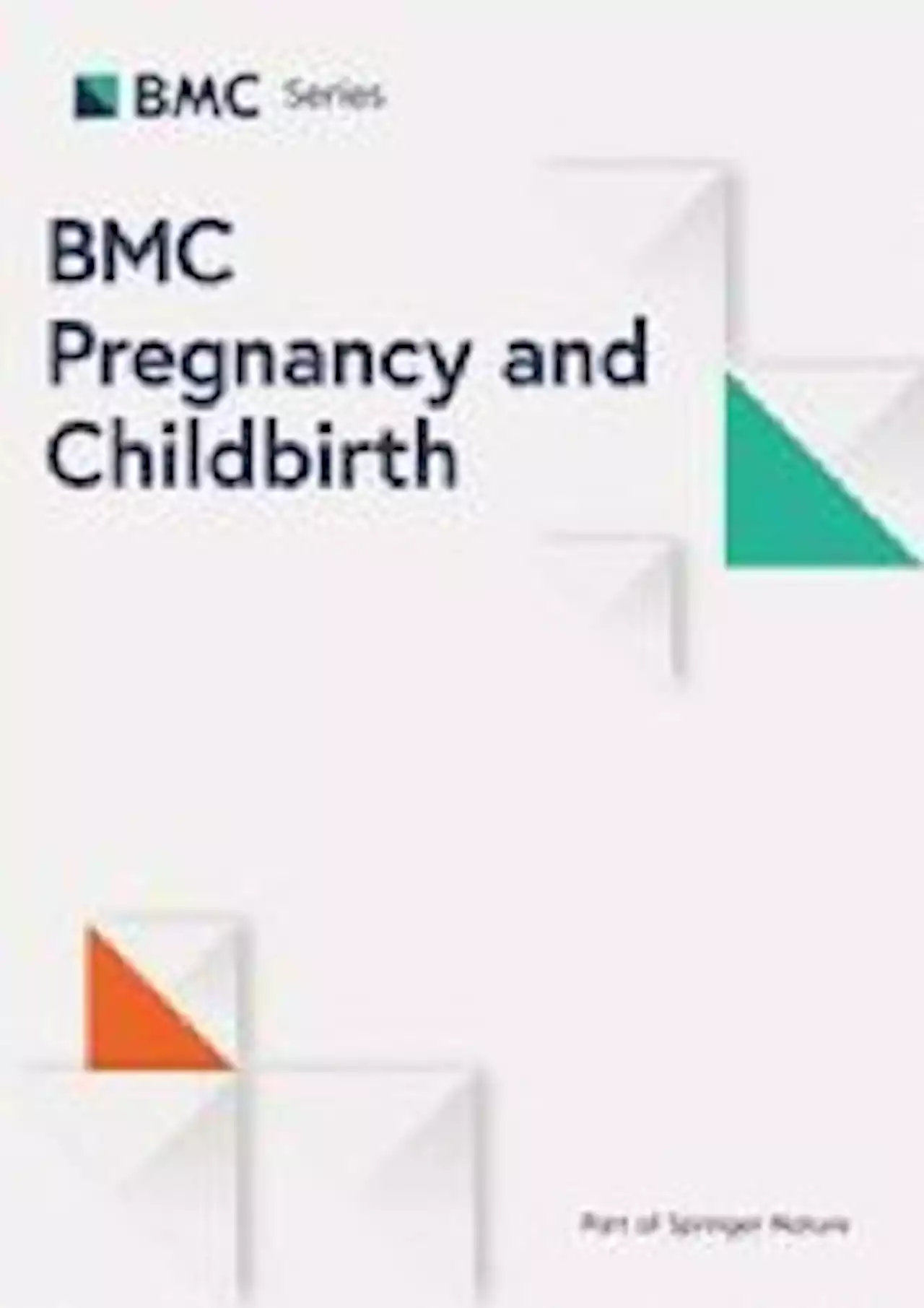 The effects of pregnancy discrimination on postpartum depressive symptoms: a follow-up study - BMC Pregnancy and ChildbirthBackground Pregnancy discrimination in the workplace is prevalent worldwide. However, few studies have examined the effects of pregnancy discrimination on mothers’ perinatal mental health. We aimed to investigate the association between pregnancy discrimination and postpartum depressive symptoms, and the mediation effects of prenatal depressive symptoms on this association. Methods Our sample consisted of 285 Japanese women employed during pregnancy who completed a baseline online survey in May 2020 and a follow-up mail survey two months postpartum. Pregnancy discrimination was defined as exposure to any of 16 forms of disadvantageous treatment or harassment related to pregnancy, prohibited by national guidelines. Prenatal (assessed at baseline) and postpartum (assessed at follow-up) depressive symptoms were measured using the Edinburgh Postnatal Depression Scale. Multiple linear regression and mediation analyses were performed overall and stratified by regular (permanent) and non-regular (precarious) employees. Results Overall, 23.9% of participants experienced pregnancy discrimination during pregnancy. After adjusting for potential confounders, pregnancy discrimination was significantly associated with postpartum depressive symptoms (coefficient 1.76, 95% confidence interval [CI] 0.65–2.88). When stratified by employment type, these effects were observable among non-regular employees (coefficient 2.51, 95% CI 0.45–4.57) but not regular employees. Mediation analysis showed that prenatal depressive symptoms mediated 57.1% (95% CI 20.1–94.1%) of the association between pregnancy discrimination and postpartum depressive symptoms among all participants, with a greater effect among non-regular employees (64.1% [95% CI 18.5–109.8%]). Conclusions Pregnancy discrimination has adverse effects on postpartum depressive symptoms, partially through prenatal depressive symptoms, especially among non-regular employees. To prevent perinatal depression in female workers, employers
The effects of pregnancy discrimination on postpartum depressive symptoms: a follow-up study - BMC Pregnancy and ChildbirthBackground Pregnancy discrimination in the workplace is prevalent worldwide. However, few studies have examined the effects of pregnancy discrimination on mothers’ perinatal mental health. We aimed to investigate the association between pregnancy discrimination and postpartum depressive symptoms, and the mediation effects of prenatal depressive symptoms on this association. Methods Our sample consisted of 285 Japanese women employed during pregnancy who completed a baseline online survey in May 2020 and a follow-up mail survey two months postpartum. Pregnancy discrimination was defined as exposure to any of 16 forms of disadvantageous treatment or harassment related to pregnancy, prohibited by national guidelines. Prenatal (assessed at baseline) and postpartum (assessed at follow-up) depressive symptoms were measured using the Edinburgh Postnatal Depression Scale. Multiple linear regression and mediation analyses were performed overall and stratified by regular (permanent) and non-regular (precarious) employees. Results Overall, 23.9% of participants experienced pregnancy discrimination during pregnancy. After adjusting for potential confounders, pregnancy discrimination was significantly associated with postpartum depressive symptoms (coefficient 1.76, 95% confidence interval [CI] 0.65–2.88). When stratified by employment type, these effects were observable among non-regular employees (coefficient 2.51, 95% CI 0.45–4.57) but not regular employees. Mediation analysis showed that prenatal depressive symptoms mediated 57.1% (95% CI 20.1–94.1%) of the association between pregnancy discrimination and postpartum depressive symptoms among all participants, with a greater effect among non-regular employees (64.1% [95% CI 18.5–109.8%]). Conclusions Pregnancy discrimination has adverse effects on postpartum depressive symptoms, partially through prenatal depressive symptoms, especially among non-regular employees. To prevent perinatal depression in female workers, employers
Read more »
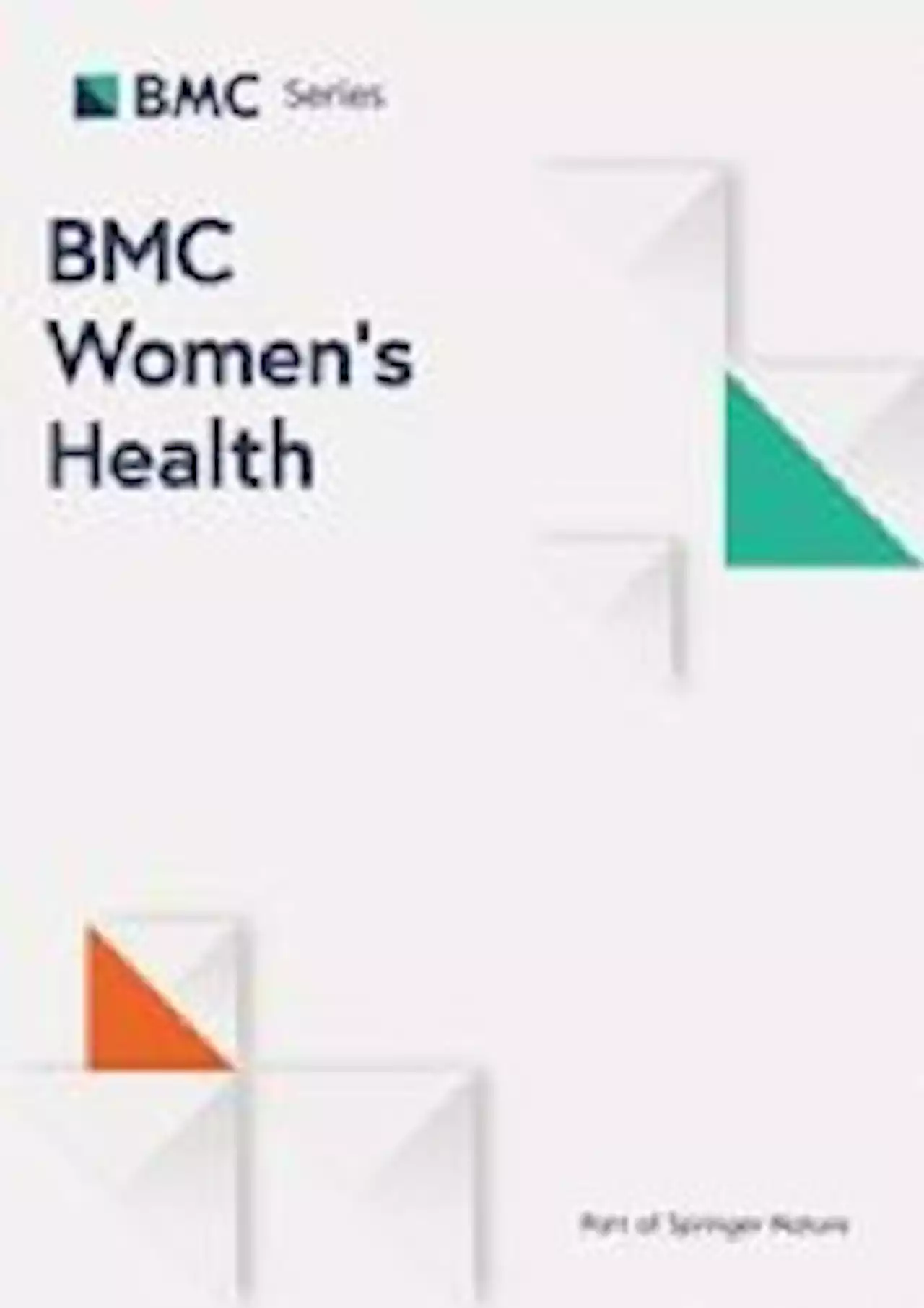 Risk factors for natural menopause before the age of 45: evidence from two British population-based birth cohort studies - BMC Women's HealthBackground Menopause that occurs before the age of 45 and is not medically induced (referred to here as ‘early natural menopause’) affects around one in 10 women and has serious health consequences. These consequences include increased risk of all-cause mortality, cardiovascular disease, osteoporosis, and type 2 diabetes. Methods We investigate risk factors for the onset of natural menopause before the age of 45 in two population-based prospective cohort studies in Britain: the 1958 cohort following 8959 women and the 1970 cohort following 8655 women. These studies follow women from birth to adulthood, and we use harmonized data on birth and early life characteristics, reproductive health, health behaviour, and socioeconomic characteristics for 6805 women who were pre-menopausal, peri-menopausal or had undergone natural menopause. Of these 6805 women, 3614 participated in the 1958 cohort (of which 368 had early menopause) and 3191 participated in the 1970 cohort (of which 206 had early menopause). Taking a life course approach, we focus on three distinct life stages - birth/early life, childhood, and early adulthood - to understand when risk factors are most harmful. Respecting the temporal sequence of exposures, we use a series of multivariable logistic regression models to estimate associations between early menopause and each potential risk factor adjusted for confounders. Results We find that early menopause is influenced by circumstances at birth. Women born in lower social class families, whose mother smoked during the pregnancy or who were breastfed 1 month or less were more likely to undergo early menopause. Early menopause is also associated with poorer cognitive ability and smoking in childhood. Adult health behaviour also matters. Smoking is positively correlated with early menopause, while regular exercise and moderate frequency of alcohol drinking in women’s early thirties are associated with reduced risk of early menopause. The occurrence of gynaecolog
Risk factors for natural menopause before the age of 45: evidence from two British population-based birth cohort studies - BMC Women's HealthBackground Menopause that occurs before the age of 45 and is not medically induced (referred to here as ‘early natural menopause’) affects around one in 10 women and has serious health consequences. These consequences include increased risk of all-cause mortality, cardiovascular disease, osteoporosis, and type 2 diabetes. Methods We investigate risk factors for the onset of natural menopause before the age of 45 in two population-based prospective cohort studies in Britain: the 1958 cohort following 8959 women and the 1970 cohort following 8655 women. These studies follow women from birth to adulthood, and we use harmonized data on birth and early life characteristics, reproductive health, health behaviour, and socioeconomic characteristics for 6805 women who were pre-menopausal, peri-menopausal or had undergone natural menopause. Of these 6805 women, 3614 participated in the 1958 cohort (of which 368 had early menopause) and 3191 participated in the 1970 cohort (of which 206 had early menopause). Taking a life course approach, we focus on three distinct life stages - birth/early life, childhood, and early adulthood - to understand when risk factors are most harmful. Respecting the temporal sequence of exposures, we use a series of multivariable logistic regression models to estimate associations between early menopause and each potential risk factor adjusted for confounders. Results We find that early menopause is influenced by circumstances at birth. Women born in lower social class families, whose mother smoked during the pregnancy or who were breastfed 1 month or less were more likely to undergo early menopause. Early menopause is also associated with poorer cognitive ability and smoking in childhood. Adult health behaviour also matters. Smoking is positively correlated with early menopause, while regular exercise and moderate frequency of alcohol drinking in women’s early thirties are associated with reduced risk of early menopause. The occurrence of gynaecolog
Read more »
